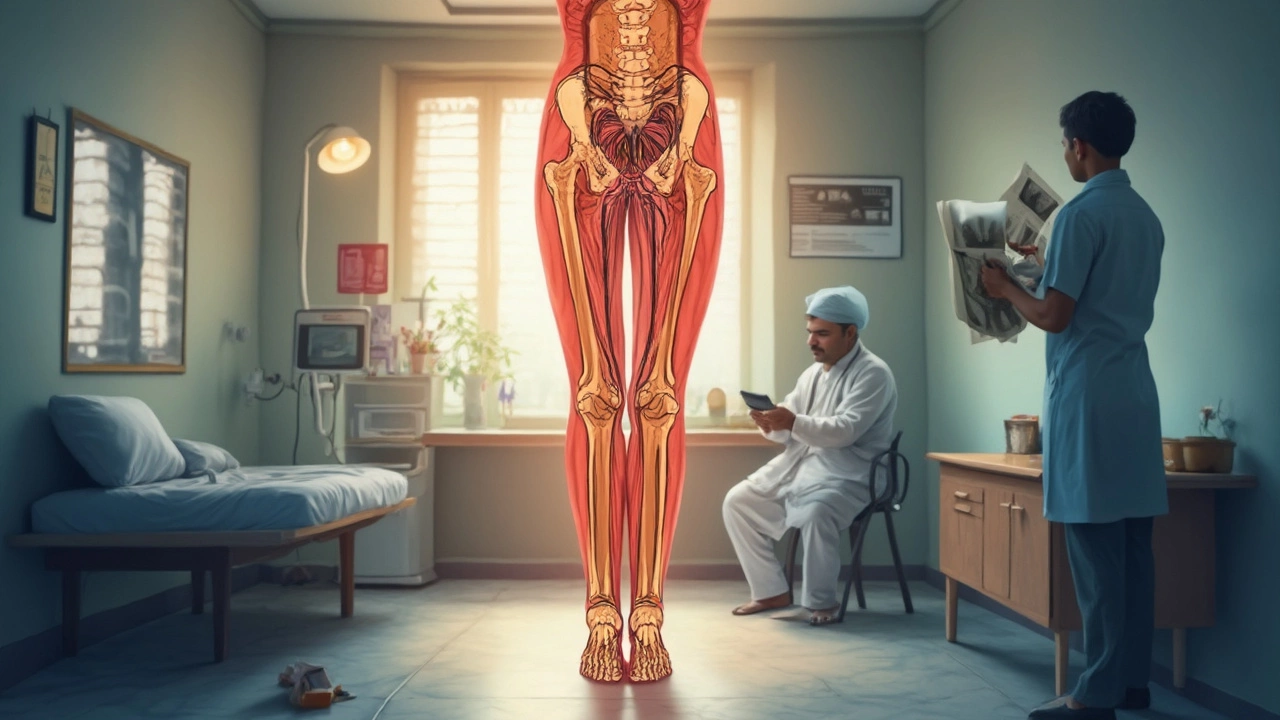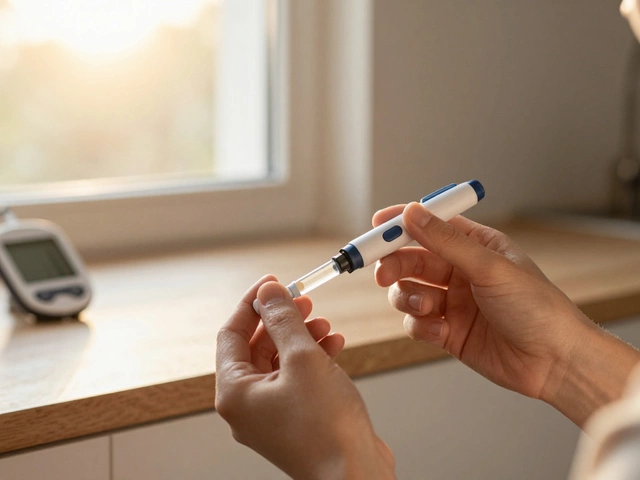Hardest Bone to Heal and How to Speed Up Recovery
When you break a bone, you expect it to mend in a few weeks, but some bones drag the process out for months. The tibia, femur, and especially the scaphoid in the wrist are known for taking the longest. In this guide we’ll look at why these bones heal so slowly and what you can do to help them bounce back faster.
Why Some Bones Are Tough to Repair
Blood supply is the biggest factor. Bones with poor circulation, like the scaphoid or the heel bone (calcaneus), get less oxygen and nutrients, so the body works slower to lay down new tissue. Bigger bones such as the femur have a lot of surface area to cover, which also adds time. Age, smoking, diabetes, and nutrition play a big role – they can cut blood flow even more and slow the healing cells.
Typical healing times give you a rough idea of what to expect. The scaphoid often needs 8‑12 weeks, but if the break is near the tip with the poorest blood flow it can stretch to 6‑12 months. The tibia usually takes 10‑16 weeks, while a femur fracture can linger 4‑6 months, especially if you need surgery. Doctors may suggest bone‑stimulating devices such as low‑intensity ultrasound or electrical stimulation to kick‑start the process. In more stubborn cases, a bone graft – either from your own hip or a donor – fills the gap and brings fresh blood vessels. These interventions aren’t magic, but they can shave weeks off the calendar when natural healing drags.
Tips to Boost Healing
Eat protein‑rich foods and foods high in vitamin C and D. These nutrients are the building blocks for new bone. Stay off cigarettes and limit alcohol; both shrink the tiny blood vessels that feed the fracture. Follow your doctor’s weight‑bearing instructions – putting pressure too soon can mess up the new tissue. Physical therapy, when cleared, helps keep muscles strong and improves circulation around the injury.
Another practical move is to keep the broken area elevated when possible. Elevation reduces swelling, which lets blood flow more freely to the healing site. If you have a cast, ask about using a removable splint for short periods to allow gentle movement, but only if your surgeon says it’s safe.
Finally, track your progress with regular X‑rays or scans. Seeing the bone fill in can motivate you to stick to the plan, and it lets the doctor catch any setbacks early.
Rehab isn’t just about the broken bone; it’s also about keeping the rest of your body strong. Gentle range‑of‑motion exercises for the nearby joints prevent stiffness, and low‑impact cardio like swimming or cycling boosts circulation without overloading the healing site. Make sure you’re getting at least 30 minutes of movement most days, but always check with your surgeon before you start. Sleep is another hidden hero – during deep sleep the body releases growth hormone that aids bone repair. Aim for 7‑8 hours, keep the room cool, and avoid caffeine close to bedtime.
Bottom line: the scaphoid and the tibia are usually the hardest bones to heal because of limited blood flow and size. By eating right, quitting smoking, following weight‑bearing rules, and staying active within limits, you can shave weeks off the recovery clock.


